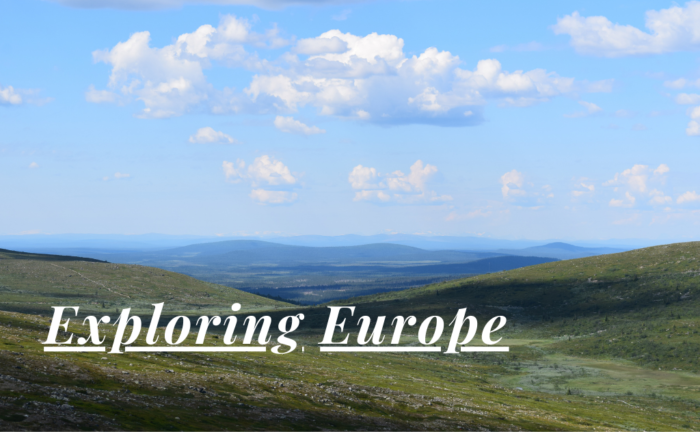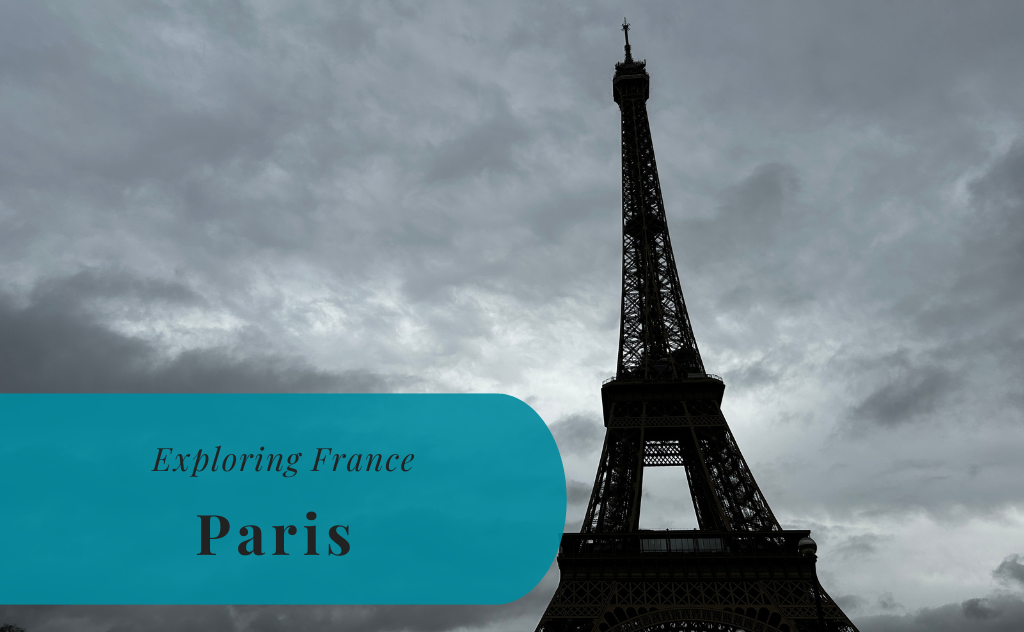Paris, the capital of France. Few cities in the world can match this city’s reputation. This is “The City of Light” and “The City of Love”. It is home to famous sights such as the Eiffel Tower, the Louvre, the Arc de Triomphe, and the Notre Dame. Many sights are close to the River Seine that flows through the city. Paris is a huge city with a population of more than 2.1 million, making it the 30th largest city in the world. Within the European Union, it is the fourth largest after Berlin, Madrid, and Rome.
Paris is without a doubt among the world’s main commercial centers, on the scale with cities such as New York, London, Tokyo, and Shanghai. This city would probably fight at the top to be considered the cultural capital of the world, competing with cities such as Vienna and Rome. Paris will host the Summer Olympics of 2024, making it the second city after London to house the Olympic Games three times. The two earlier times were in 1900 and 1924.
So let us have a short look at what Paris has to offer. This is a compact version, as there are a lot of written texts out there about Paris, much written by people with a lot more knowledge about the city than us.
Our Visit to Paris
We visited Paris in February of 2024. A visit that our daughter had wished to get for Christmas. We might not have been so lucky with the weather, but we still enjoyed our days exploring the French capital. We finally had the chance to see sights such as the Eiffel Tower and the Louvre.
- Family Trip to Paris
- Searching for the Eiffel Tower
- Exploring Montmartre
- Leaving Susann at the Louvre
- Fleeing the Rain at La Villette

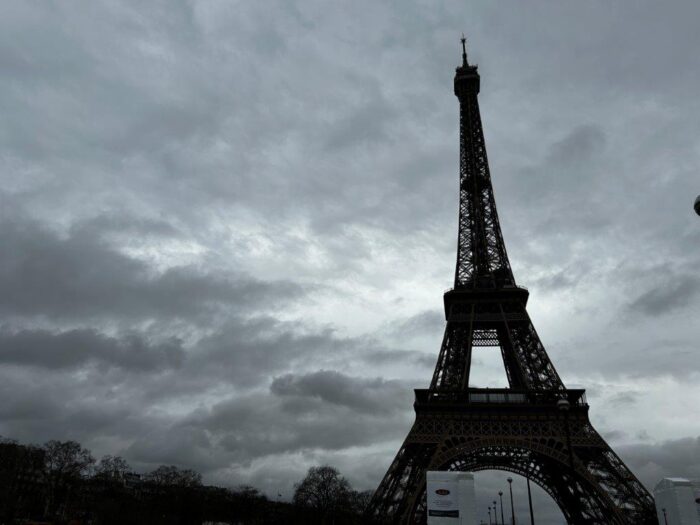



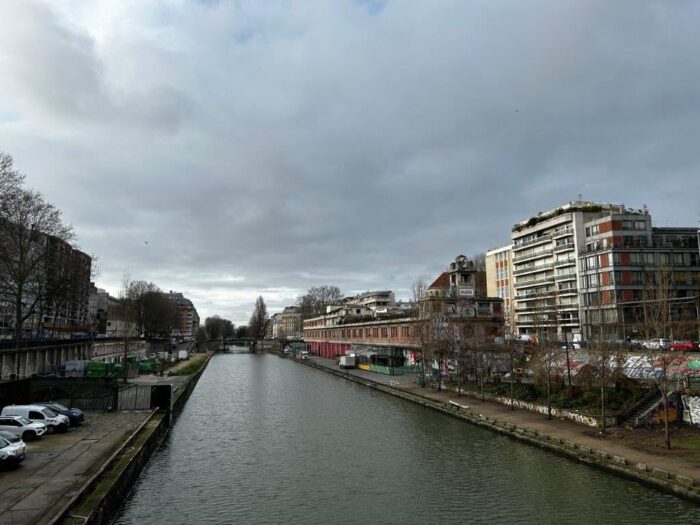
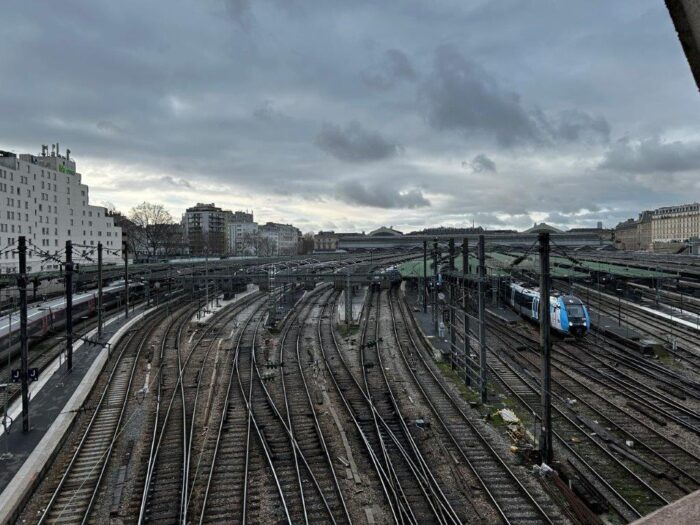



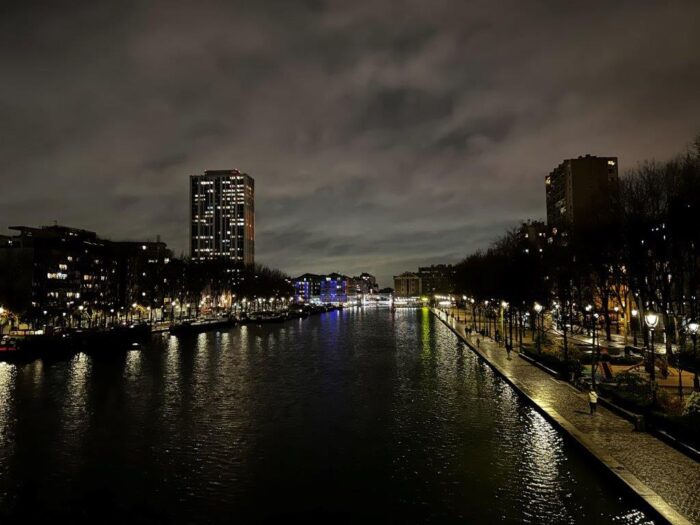

A Short History of Paris
The history of Paris is long, and there are many books about it. Here we will focus on a few key points.
- The Romans conquered the Celtic settlement known as Lutetia in 52 BC. The name of the new city was Lutetia Parisorum.
- The city grew and became in the year 508 the capital of Clovis I’s kingdom. Clovis I was the first king of the Franks.
- Two important constructions were the Notre-Dame Cathedral in 1163 and the Eiffel Tower in 1789.
- The huge developments were also joined by bloodspill. The French Revolution began in 1789 and resulted in Paris losing its king and becoming the capital of a new republic. Later, during the Second World War, Germany occupied the city in 1940. It was not until 1944 that Paris was liberated. More recently, the terrorist attacks of 2015 killed 130 people. The attacks included the attack on the office of the satirical magazine Charlie Hebdo.





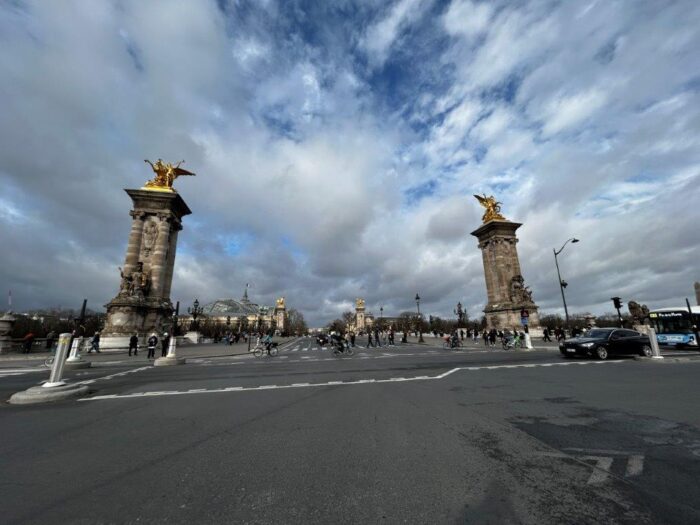

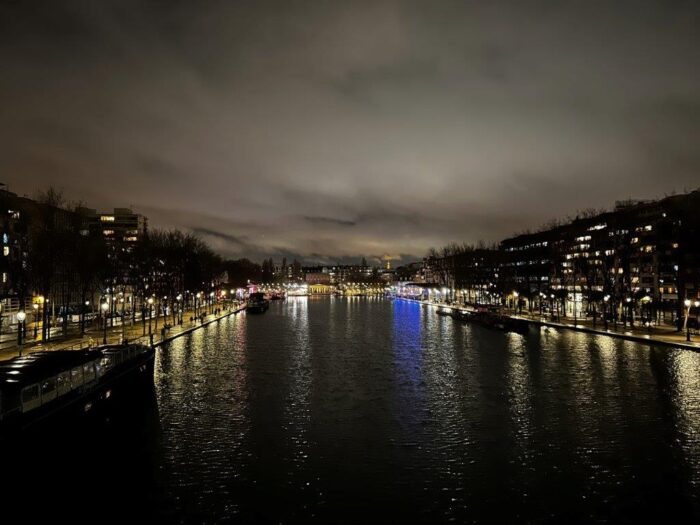







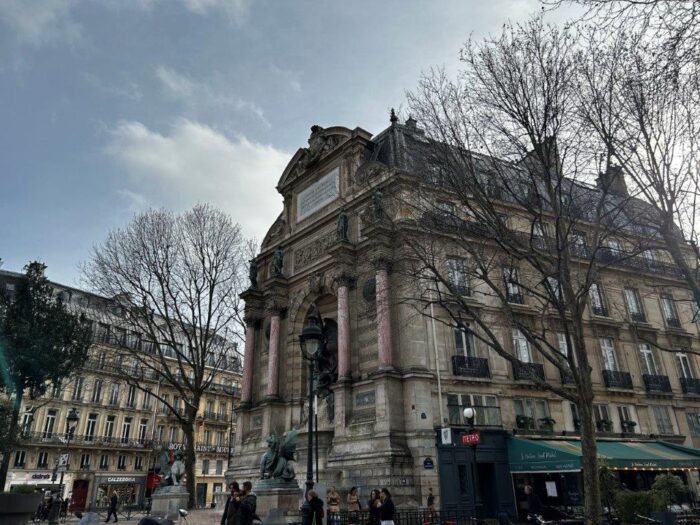
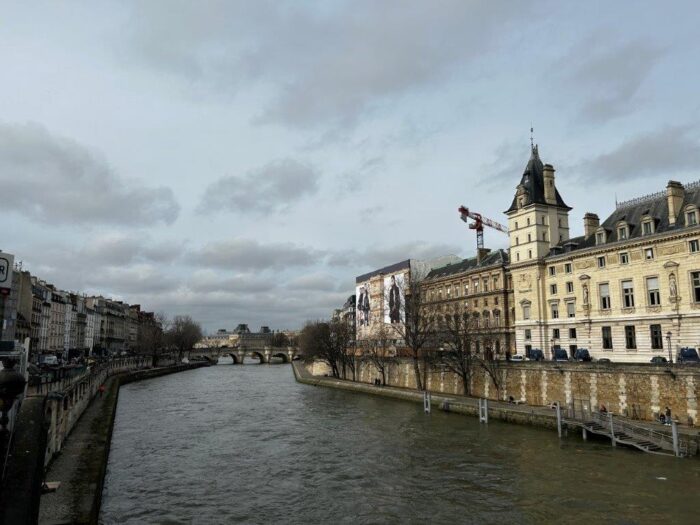

Things to Do and See in Paris
Paris has hundreds of impressive sights and you probably need months to cover everything that the French capital has to offer. As a tourist, you seldom have the luxury to spend enough time at a destination to get to know it. Instead, it usually requires you to focus on a few must-see sights. To give you some inspiration, here are 10 options that might interest you. At least these seem to be a choice of hundreds of thousands or even millions of tourists each year. We are not the ones to say they are wrong at this time. Don’t forget that there are also other sights to explore, such as the Cité des Sciences et de l’Industrie, the biggest science museum in Europe, and Les Catacombes de Paris.
If you decide to leave the center of Paris, there are also sights such as Versailles and Disneyland Paris.
Tour Eiffel
The Eiffel Tower is probably the most iconic building in Paris, maybe even in Europe. The tower was completed in 1889 as the centerpiece for that year’s World’s Fair. It reaches a height of 330 meters and is still the tallest construction in Paris. It was up until 1930 the tallest structure in the world. That was the year that the Chrysler Building in New York was completed.
Tickets are sold for visiting three different floors within the tower, with the 3rd floor having the lowest limit on the number of visitors.
Cathédrale Notre-Dame de Paris
The Notre Dame Cathedral got a large part of the world to cry in 2019 when the flames engulfed this historical building. The cathedral is on the island of Île de la Cité in the River Seine. Its construction began already in 1163 and it was consecrated in 1182. The Notre-Dame has seen a lot of French history. It was, however, not the site of the coronation of French kings. That did instead take place in the Cathedral of Reims. That changed after the French Revolution. Notre-Dame was the location of the Coronation of Napoleon to the Emperor of France.
Back to the fire of 2019. The cathedral has since been closed due to the ongoing rebuilding efforts. The plan seems to be for the cathedral to reopen in December 2024.
Musée du Louvre
The Louvre is probably the most famous art museum in the world. Many of us might only know it as the home of the Mona Lisa. The collections do, however, include thousands of art pieces. The museum is housed in the 12th-century Louvre Palace. The museum opened already in 1793 and the initial collection of 537 paintings has grown significantly since and is estimated to be around 500.000 objects today. Expect long queues around the glass pyramid and you should also purchase your tickets in advance.
Musée d’Orsay
Musée d’Orsay is right across the River Seine from the Louvre. This is another art museum, and it is housed in the former train station of Gare d’Orsay. Here you can find paintings from masters such as Claude Monet and Vincent van Gogh. The Louvre might have been the most-visited art museum in the world in 2022, but Musée d’Orsay came in an impressive 6th place.
Arc de Triomphe
The Arch of Triumph stands at the western end of the Champs-Élysées. The arc is a monument to honor those who fought and died during the French Revolution. Construction began in 1806 and the inauguration took place in 1836. Within the arch, you will also find the Tomb of the Unknown Soldier from the First World War. The Eternal Flame at the Tomb was first lit in 1923 and it wasn’t until 1998 that it was first disturbed. This was caused by a drunk tourist during the World Cup.
Panthéon
The Panthéon was planned to become the Church of Saint Genevieve when construction began in 1758. That changed when the French Revolution broke out before its completion. The church was completed in 1790 and just a year later a decision was taken to turn the church into a mausoleum and final resting place for distinguished French citizens. The decision was made final in 1881 after almost a century with the decision being overturned twice. The Panthéon is today the home of the remains of people such as Voltaire, Victor Hugo, and Pierre and Marie Curie.
Jardin du Luxembourg
The Luxembourg Garden is one of the most famous green spaces in the center of Paris. It dates back to 1612 and the construction of the Luxembourg Palace. This is the palace’ garden and has space for several outdoor activities.
Montmartre
Montmartre is a hill in the 18th arrondissement. It is known both for the Sacré-Cœur Basilica as well as for its cultural importance. This is in many aspects a tourist hotspot with restaurants and cafés during the days and a vivid nightlife as the sun sets. The hill’s summit reaches a height of 130 meters and from the stairs of the basilica, you get an amazing view of Paris.
Place de la Concorde
The Place de la Concorde is a huge square in the center of Paris. In fact, it is the largest square in the city. It is located at the eastern end of the Champs-Élysées. The square dates back to 1757 and has sights such as the Luxor Obelisk from Egypt and two impressive fountains. Surrounding the square are the Seine River to the south, the historical buildings of Hôtel de la Marine and Hôtel de Crillon to the north, and then there are also the parks. Adjoining the square are the parks of the Jardin des Tuileries, the Jardin de Kyiv au Peuple Ukrainien, and the Jardin des Champs-Élysées. Interesting fact, it was here at the square that King Louis XVI and Queen Marie Antoinette were executed in 1793. These were not going to be the last executions at the square as the guillotine continued to be used.
Avenue des Champs-Élysées
The Champs-Élysées is probably the most famous street in the whole of Paris. This is a 1.9-kilometer-long street that connects the Place de la Concorde with the Arc de Triomphe at the Place Charles de Gaulle. The street is lined by cafés and shops. It is especially the luxury shops that the street has become known for. The streets are also used for annual events such as being the finish line for the Tour de France and the site of the Bastille Day Military Parade.
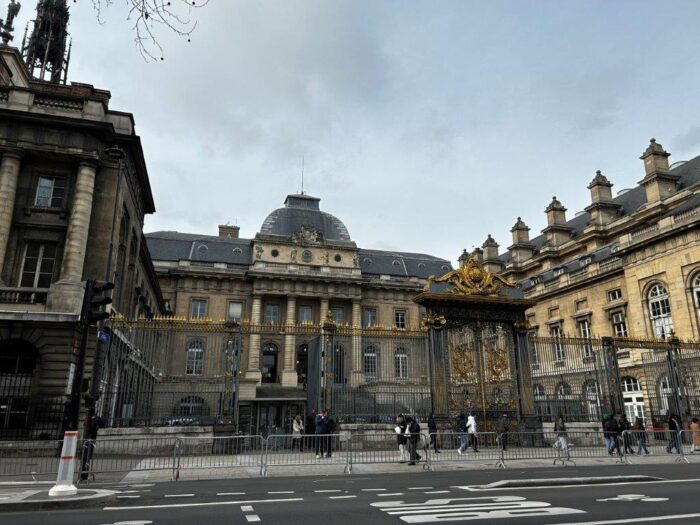



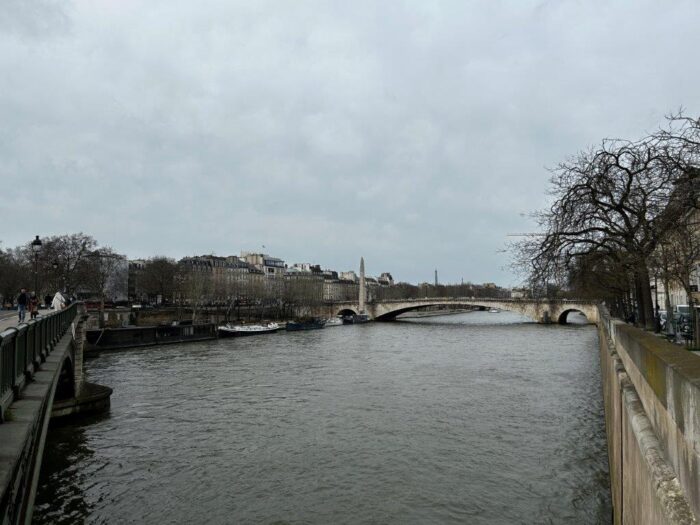





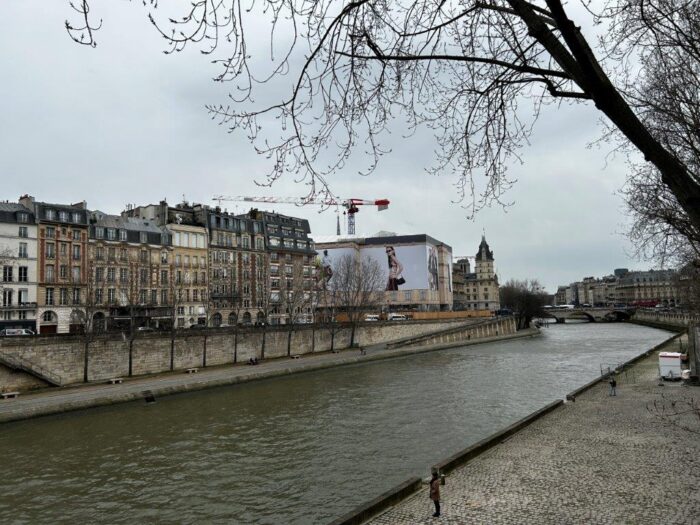
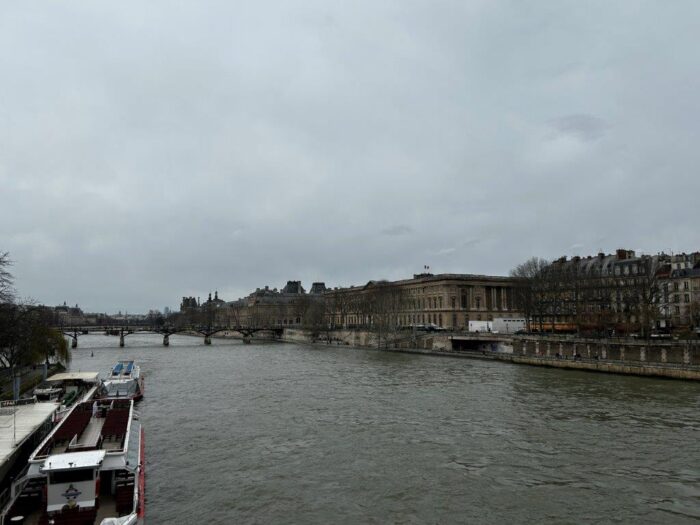

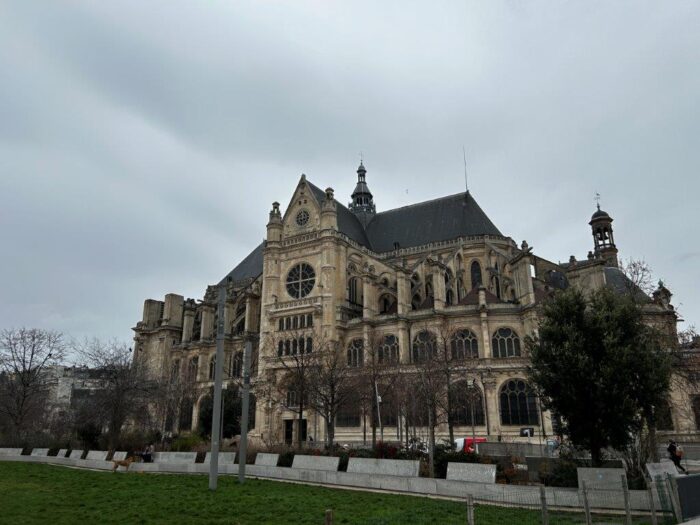


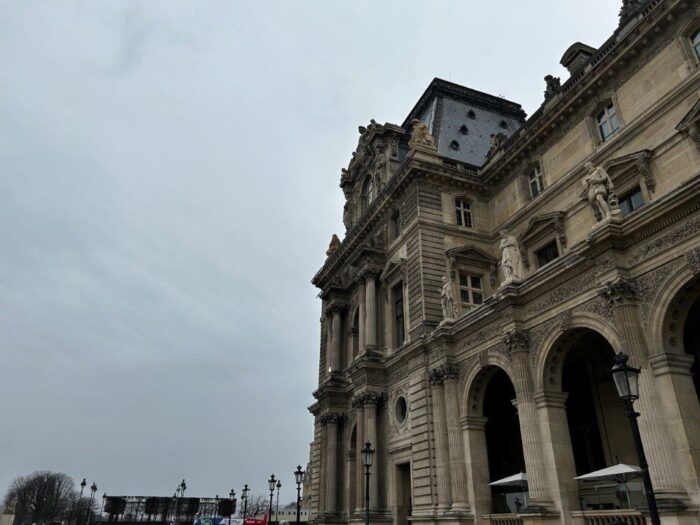
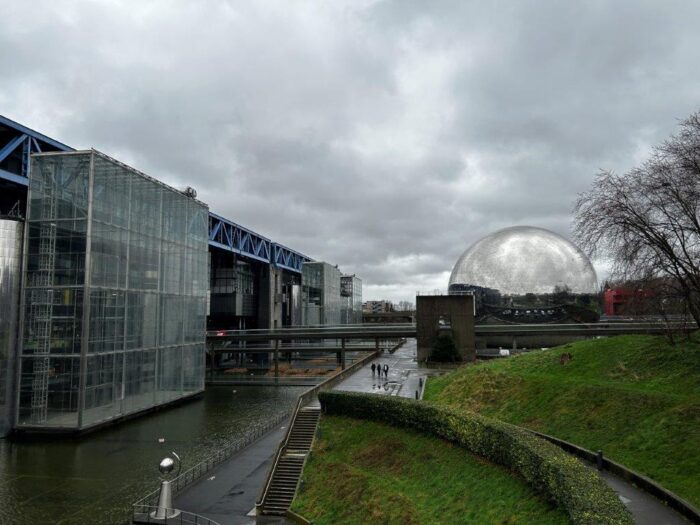



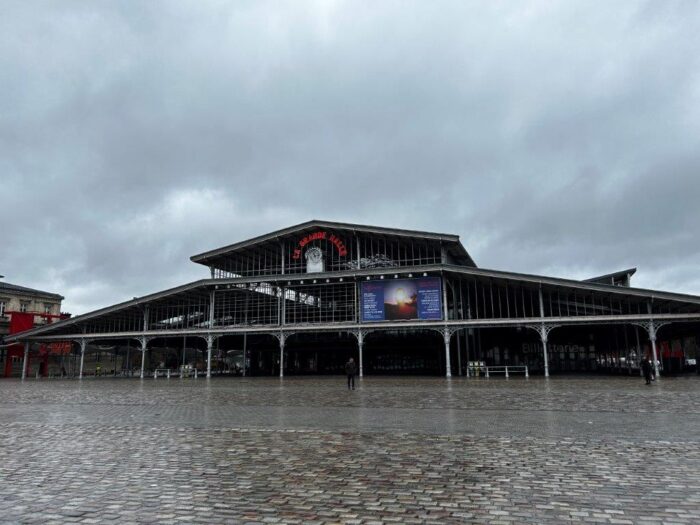


How to Get to Paris
- Flights: The main airport for Paris is the Charles de Gaulle Airport (CDG) which lies 23 kilometers to the northeast of the city. There is also Paris Orly Airport (ORY) which is 13 kilometers to the south. Further away is the Beauvais–Tillé Airport (BVA).
- Train: There are seven major train stations in Paris. Together these form the main railway hub of France. The stations are Gare du Nord, Gare de l’Est, Gare d’Austerlitz, Gare de Bercy, Gare de Lyon, Gare Montparnasse, and Gare Saint-Lazare. Of these it is the Gare du Nord that is the busiest, it is from here that you will find the Eurostar as well as international trains to Belgium, Germany, and the Netherlands.
- Car: You might say that “All roads lead to Rome”. In France, you might want to replace Rome with Paris. Paris lies at the intersection between several of the country’s largest roads. The main question is more if you dare to drive.
The driving distance from 5 major Italian cities, according to Google Maps:
- Strasbourg – 492 kilometers (4 h 40 min)
- Nantes – 386 kilometers (3 h 40 min)
- Lyon – 467 kilometers (4 h 10 min)
- Toulouse – 680 kilometers (6 h 20 min)
- Marseille – 774 kilometers (6 h 50 min)
Looking to Explore more of France and Europe?

